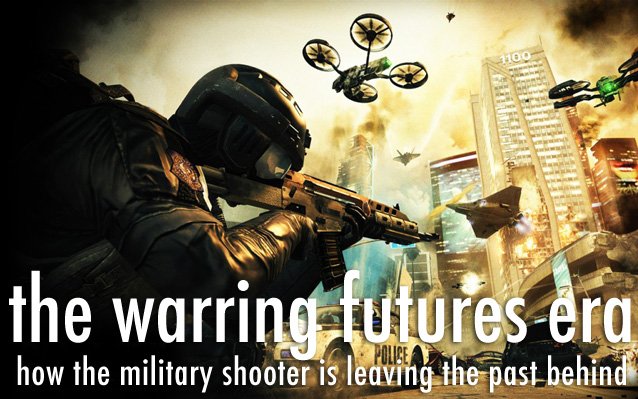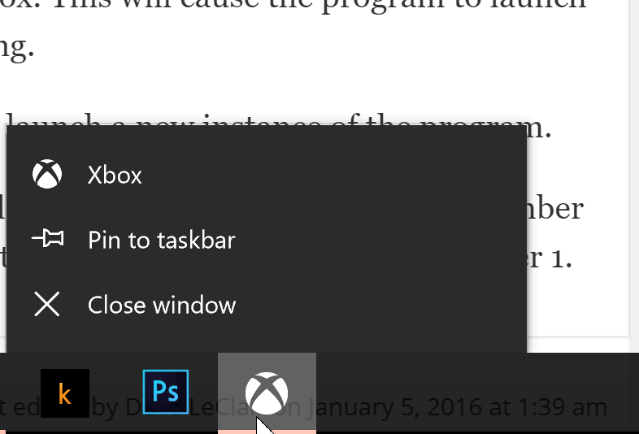

When Spec Ops: The Line was first unveiled three years ago, it promised a strong emphasis on narrative and mature storytelling – an aspect that was arguably missing from military shooters. After numerous delays, the game would later emerge from development hell, looking just as promising as ever. All that’s left now, is to find out if Yager Development was able to pull it off.
Players would be forgiven for thinking Spec Ops: The Line is just another shooter. Despite the stunning intro, the game’s opening levels do little to show off the deep narrative. Main character Martin Walker (voiced by Nolan North) looks like a generic soldier, while the desert environment could be pulled straight out of any other military shooter released in the past five years. But as the story progresses, The Line begins to show its true colors.
In the game’s fiction, Dubai has been ravaged by sandstorms, cutting the city off from the world while trapping its inhabitants in the area. Six months later, a transmission is discovered, and Walker as well as his team are sent in to search for survivors, including an American platoon known as the 33rd.
Once Walker’s team actually enters Dubai, Spec Ops: The Line pulls players out of their comfort zones. Throughout the campaign, Walker is placed in grim situations, witnesses atrocities, and is forced to make decisions that are neither good nor evil. That’s not to say Walker has to choose between something trivial like what color socks to wear – the player will find themselves faced with ethical dilemmas and no real “right” answer.
The game is filled with violent imagery, from corpses strung up on lamp posts to the brutality of the gameplay kills. However, violence isn’t fetishized in Spec Ops: The Line, it’s intentionally used to make players feel uncomfortable. Enemies may fall to the ground when they’ve been shot, but they don’t always die. Instead they may writhe in pain until either bleeding out, or being executed by the player.
Walker and his squadmates, Lugo and Adams, aren’t just a bunch of meatheads either. Each of these soldiers has their own opinions on the situation, and they aren’t afraid to vocalize them. As the narrative moves forward, players will watch these characters deteriorate, as does the situation around them. While the story does take a while to get started, by the end, players will be hooked. It’s a story with meaning – and it’s easily the best part of Spec Ops: The Line.
While the story tries something different, the actual gameplay is pretty standard fare. The combat is solid and borrows heavily from other shooters – creating a game that’s fun though hardly innovative. The only nagging issue is the odd placement of the “vault” button. Instead of using the sprint button to vault out of cover (a la Mass Effect 3) players will have to press the melee button. It’s not a deal breaker, but it does take some getting used to.
In terms of shooting, the guns work a bit differently than in other shooters. Weapons are controllable but unwieldy, though this is more to reflect the game’s world than a design issue. The Line isn’t a power fantasy, it’s a game that wants players to think about their actions. The approach also creates a game that’s more tactical – though the difficulty will be jarring at first as players will be punished for going in guns blazing.
Spec Ops: The Line also makes use of light squad commands. Players can highlight enemy soldiers for their team members to take out by holding down the R2 button. In certain situations the player can also command squad members to heal each other or toss flashbangs. Friendly AI can be spotty though. While they won’t do anything to hamper Walker’s commands, they’ll sometimes rush headfirst into combat only to be gunned down in seconds.
It’s the little things that truly make Spec Ops: The Line special though. As the story goes on, players will see the stress in Captain Walker. His commands become more aggressive as he becomes more violent. A beautiful soundtrack composed of dirty guitar tracks accompany the player, and the music also changes as the story progresses. These minute details, coupled with the great story turn the game from what should be an average shooter, into a game worth playing. It’s just a shame the same can’t be said about multiplayer.
Much like the game’s single-player campaign, multiplayer is all about being slow and methodical. But the difference is that the tactical aspect feels forced and artificial. Multiplayer is comprised of 4v4 matches on some wonderfully designed maps. Except, the maps aren’t wonderfully designed for eight players. The multiplayer feels empty because environments are barren and the low player count means there isn’t enough action to balance out the slow pace. If the maps were smaller or the player count larger, it wouldn’t have been so bothersome.
Plus, while the gameplay quirks make sense in the context of the campaign, they’re problematic in multiplayer. The lack of precision makes every encounter feel like a chore, and without the great set pieces or spectacular story, the gameplay just doesn’t hold up. Thankfully there aren’t any multiplayer trophies/achievements.
Those looking into Spec Ops: The Line are going to find a worthwhile game. While the gameplay could use a few tweaks, the story more than makes up for it. Unfortunately for multiplayer junkies, the single-player is the only draw here, as the online component just doesn’t hold up. But for those looking for an easy to pickup story driven shooter, The Line is easy to recommend, just don’t be dissuaded by the first few chapters.
Spec Ops: The Line is available now for the PS3, Xbox 360 and PC. Game Rant played the PS3 version for review.
–
Follow me on Twitter @AnthonyMole.




 Top 20 Best Survival Horror Games of All Time
Top 20 Best Survival Horror Games of All Time 10 Generation Defining Elements of the PlayStation 3
10 Generation Defining Elements of the PlayStation 3 How to use Cloud Online Storage on the PlayStation 3
How to use Cloud Online Storage on the PlayStation 3 GTA 5 Cheats and Glitches after 1.14 patch update
GTA 5 Cheats and Glitches after 1.14 patch update Mortal Kombat X Guide: How to Find All Krypt Inventory Items
Mortal Kombat X Guide: How to Find All Krypt Inventory Items